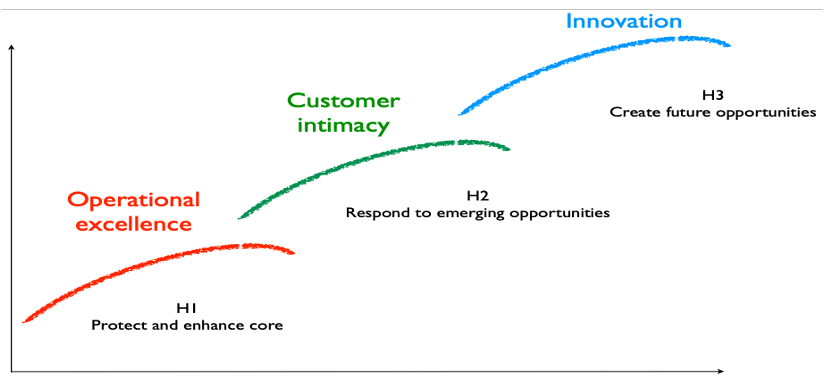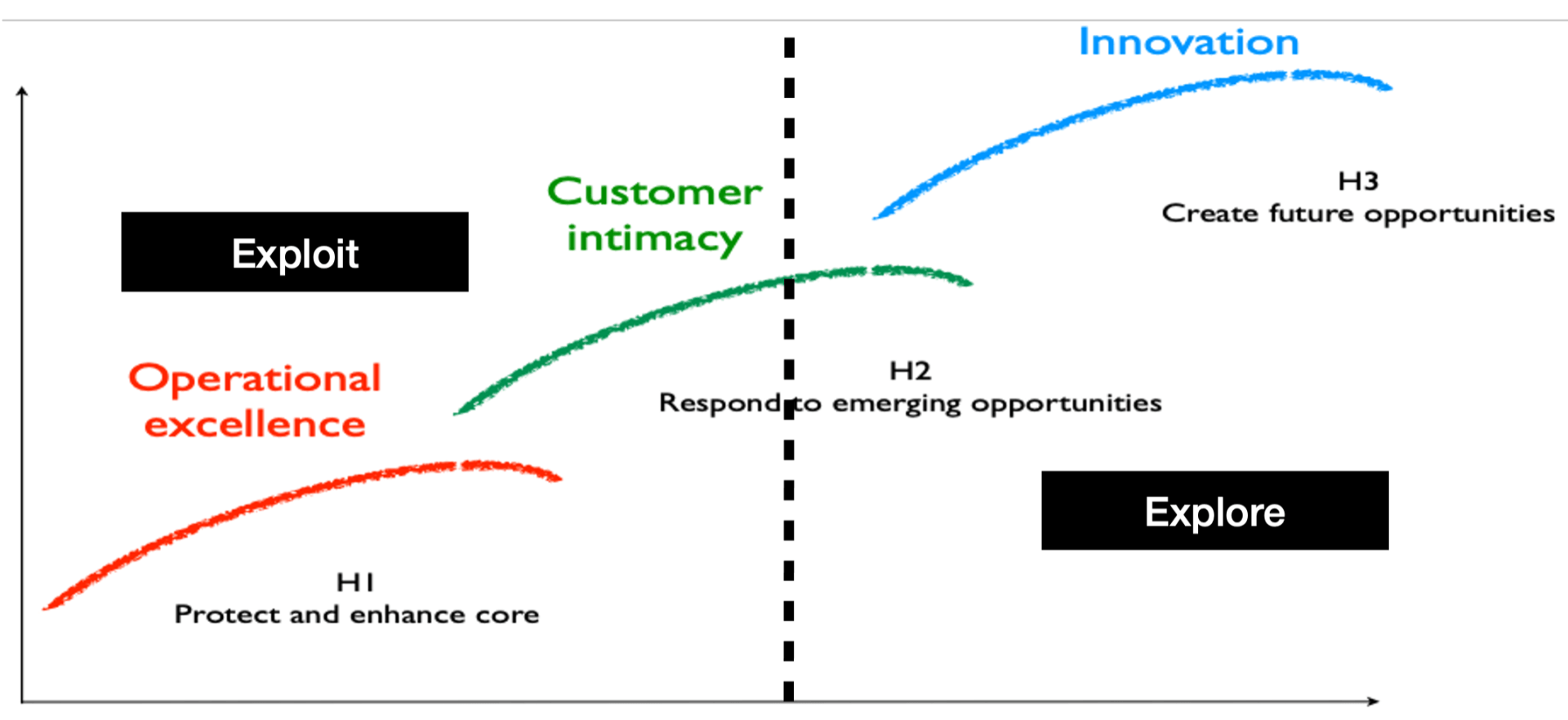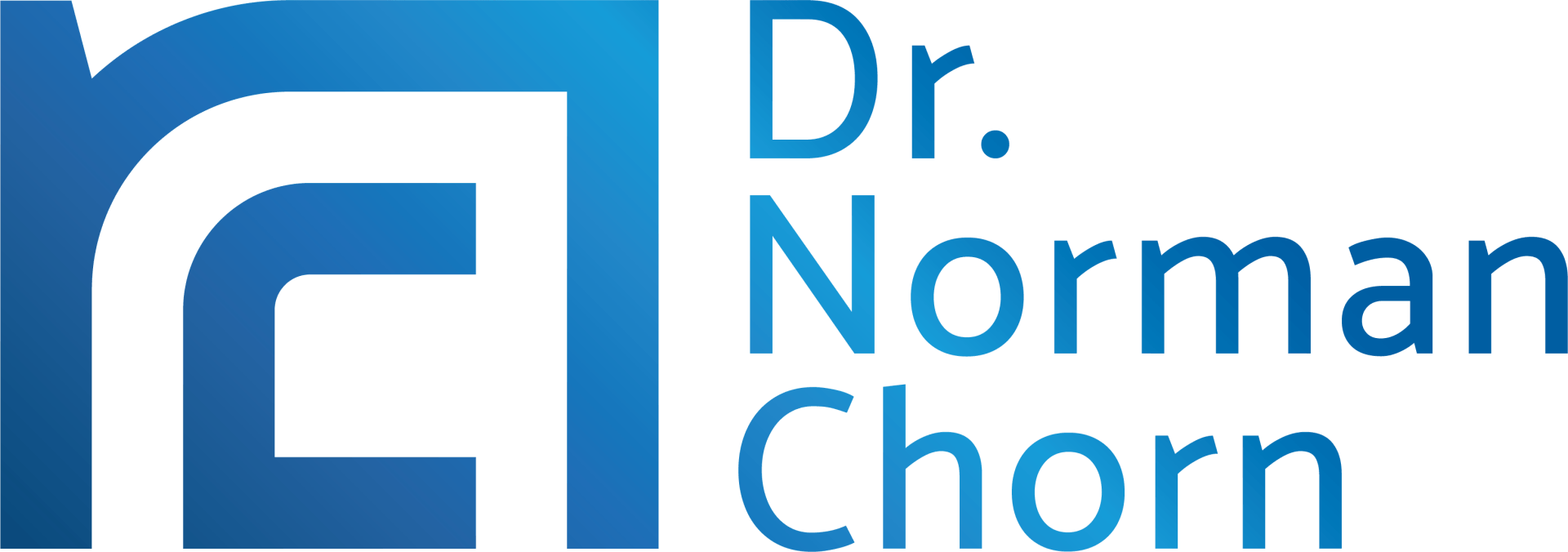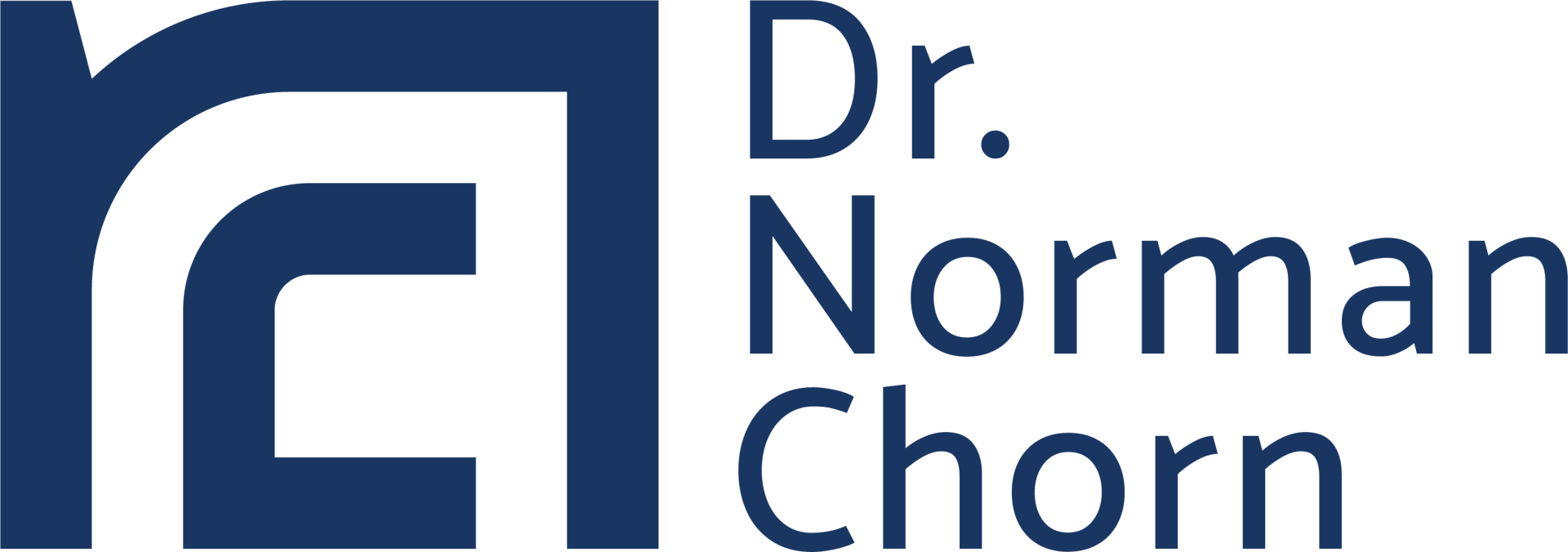Insights on Leadership Development
Setting up strategy & accountability
We recently completed a leadership development program with a global company that employs many thousands of people in many different locations.
The program was delivered exclusively online using a range of communication and collaboration platforms. Apart from the challenges of finding suitable times across the different times zones, the program proved to be extremely successful, and we enjoyed high levels of engagement and interaction with the participants.
A key lesson emerged in the setting of strategy and holding managers’ people accountable for their performance — the need for managers to frame the discussion about strategy appropriately.
What did we work on?
The business is large and diverse, made up of many businesses and business units that have been acquired and developed over the past 15 years. Our role was to assist the leaders in the various divisions to develop their business strategy in a way that achieved two goals:
1. Continue to meet customer needs and add value to their businesses through integrated technology and information solutions
2. Contribute to the overarching corporate strategy by adhering to the core values and corporate principles, despite the diverse nature of the group.
It was important to ensure sustainable and improved profitability as well as continuous investment into R+D for the future.
We used the ‘three horizons’ approach, initially developed by McKinsey, to facilitate a focus on both current and future performance.
Framing discussions about strategy
In most organisations, it is possible (and desirable) to describe the strategy in terms of the ‘three horizons’ approach. Contrary to popular belief, this not a reference to the sequence in which certain initiatives should be undertaken.

Instead, it refers to the three types of initiatives that are generally required to maintain the viability of a business:
• Managing the core business and ensuring its operational effectiveness and efficiency (Horizon 1)
• Adjusting products and services to meet the emerging requirements of customers — usually performed collaboratively with customers (Horizon 2)
• Innovating and developing new concepts and business model for the future (Horizon 3)
The horizons refer to the time it will take for the initiatives to impact the results for the business — not the sequence in which they need to be undertaken. So, H1 initiatives have a direct and immediate impact on business results, H2 initiatives will bear fruit later down the track, and H3 initiatives will have a longer term impact on the viability of the business.
Importantly, the skills, resources and KPIs for each horizon differ. To hold a particular individual accountable for performance in a given role, it is important to define the relative emphasis they should give to each of the three horizons. This is because the three horizons have conflicting demands on skills, resources, and management style.
For example, a manufacturing unit may have an emphasis on Operational Excellence (H1) with lesser demands on H2, while the R+D unit may seek to emphasize H3 (innovation) with some attention to H2 (responding to customer opportunities).
A good way to frame these conversations is to think about them as ‘Exploit’ goals or 'Explore' goals. Given this, the horizons diagram could be represented as follows:

By using the three horizons approach, coupled with a discussion of ‘exploit’ vs ‘explore’ goals, we were able to work with leaders to define their business strategies, and then also to ensure the alignment of management through the different businesses.
Defining goals as ‘exploit’ and explore’
Once each business had defined its business strategy in terms of the three horizons, managers through the organisation needed to develop their own operational plans to achieve the overall business strategy.
The business unit leader was able to frame the discussion with their respective managers in terms of the emphasis that would be expected across the three horizons.
This is where the distinction between ‘exploit’ and ‘explore’ became extremely useful. While the total business unit had to address all three horizons in order to manage both current and future performance, the expectations for the performance of individual managers was framed in terms of whether the emphasis was ‘exploit’ or ‘explore’.
For example, the managers who managed elements of the manufacturing and processing parts of the business were expected to deliver ‘exploit’ strategies that included KPIs of productivity, efficiency, and a degree of responsiveness to changing customer requirements.
On the other hand, those in marketing and R+D functions had a clear ‘explore’ focus with KPIs that included innovation activity, customer partnerships and entrepreneurial activity.
The overall outcome ensured that the businesses were able to develop a series of business strategies suited to their customer requirements, and an operational planning framework that ensured appropriate alignment between the various parts of the business.
About the Author
Dr Norman Chorn is a highly experienced business strategist helping organisations and individuals be resilient and adaptive for an uncertain future. Well known to many as the ‘business doctor’!
By integrating the principles of neuroscience with strategy and economics Norman achieves innovative approaches to achieve peak performance within organisations. He specialises in creating strategy for the rapidly changing and uncertain future and can help you and your organisation.
Subscribe to our regular articles, insights and thought leadership




